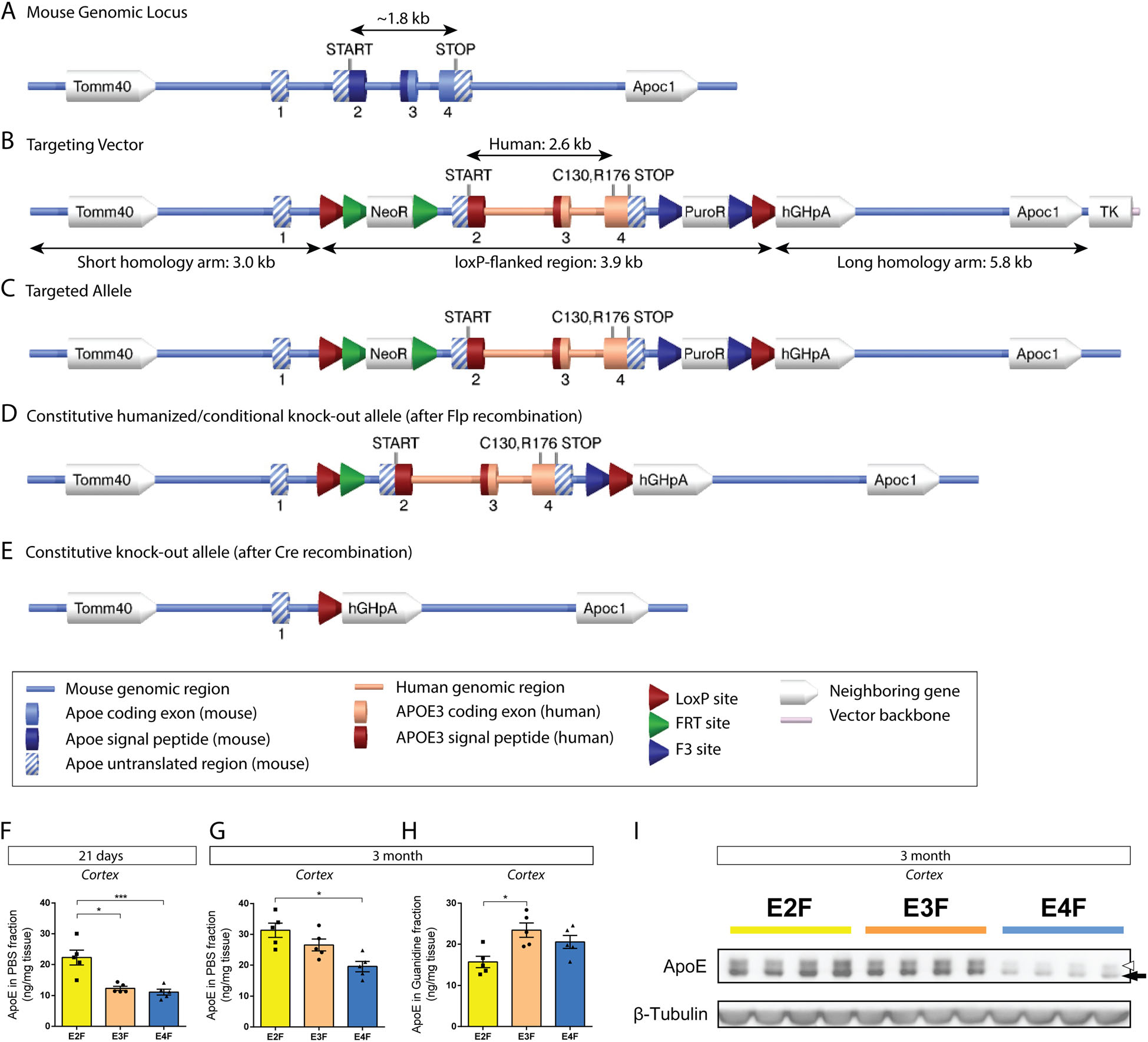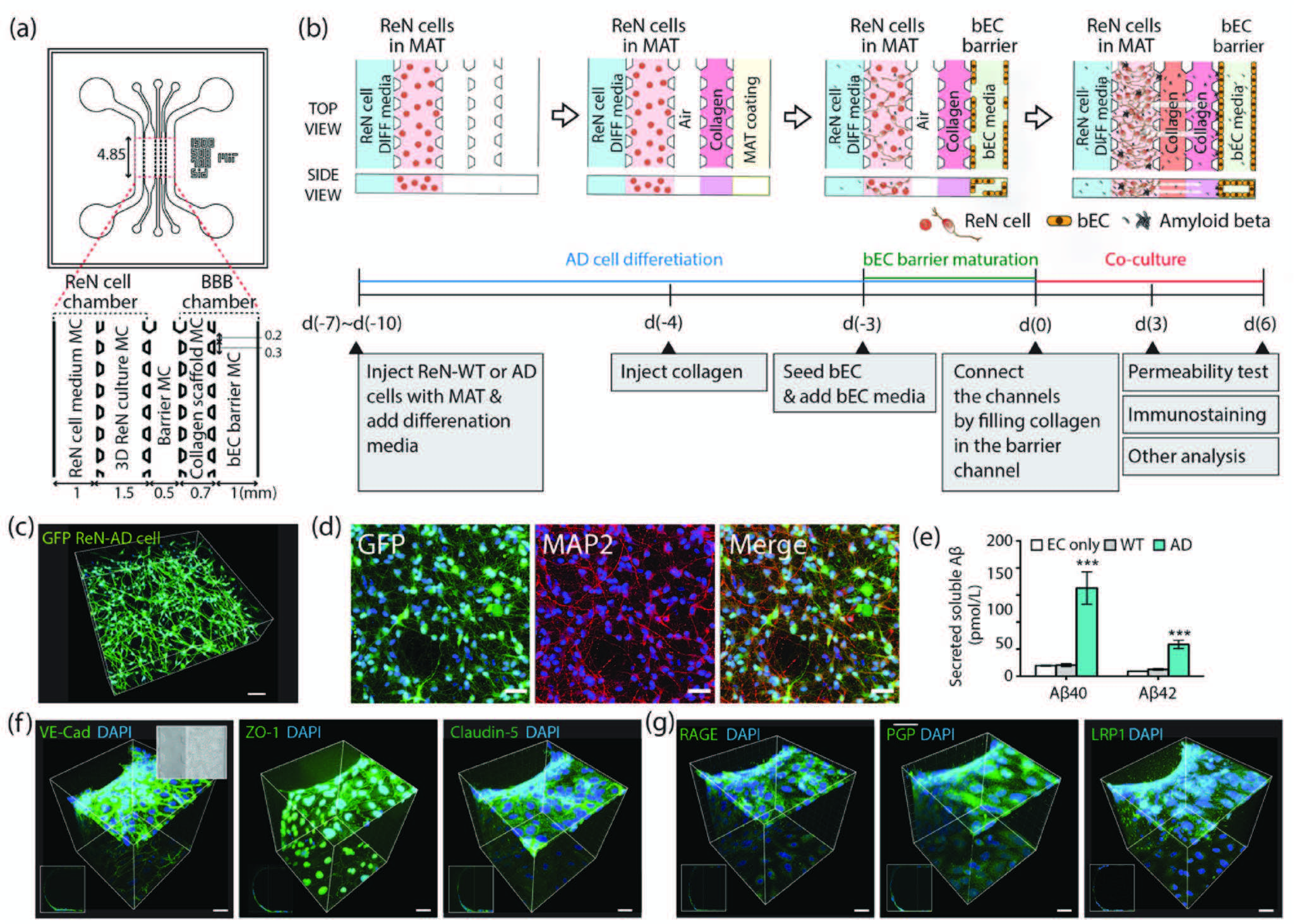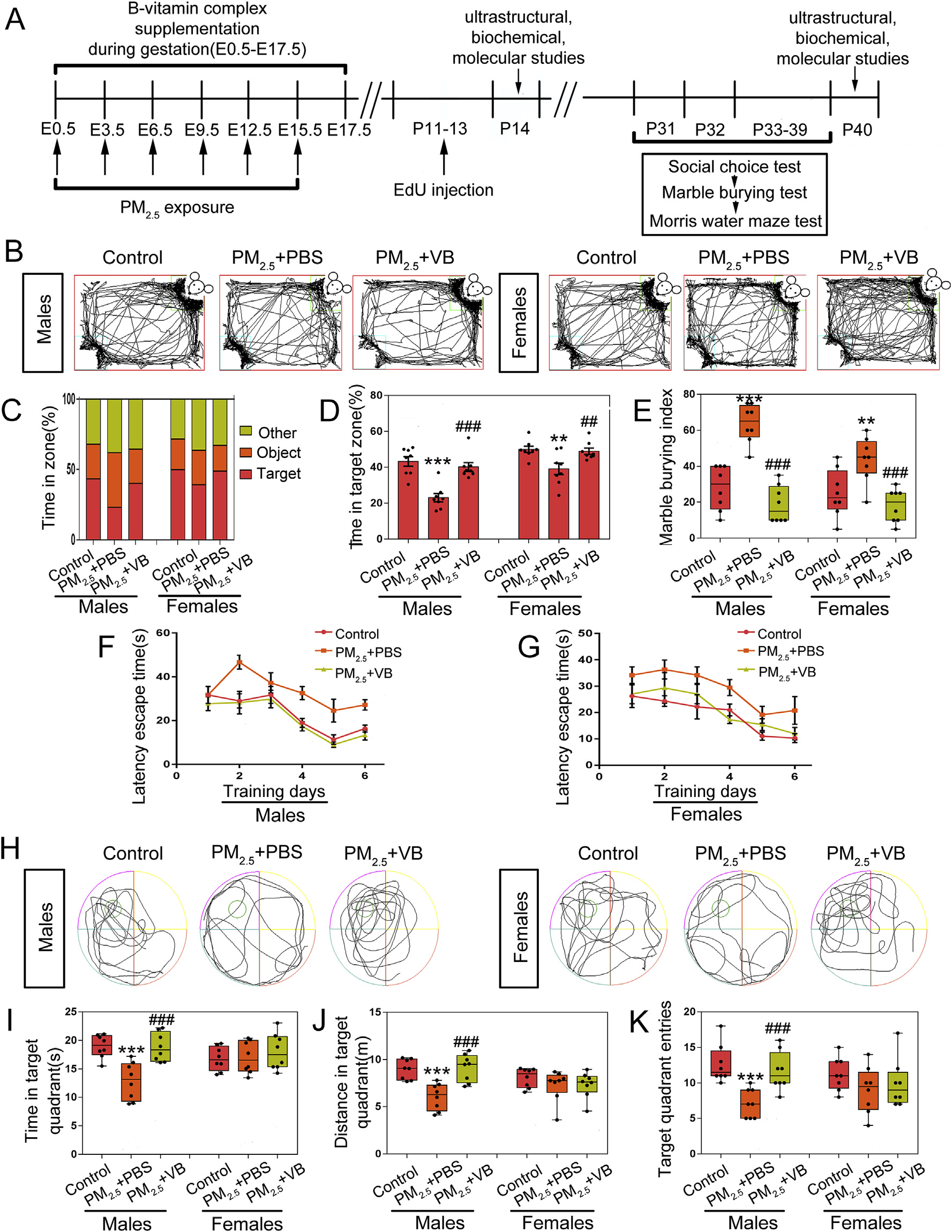Our Publications

Lack of hepatic apoE does not influence early Aβ deposition: observations from a new APOE knock-in model
The apolipoprotein E (APOE) gene is the strongest genetic risk factor for late-onset Alzheimer disease (AD). ApoE is produced by both astrocytes and microglia in the brain, whereas hepatocytes produce the majority of apoE found in the periphery. Studies using APOE knock-in and transgenic mice have demonstrated a strong isoform-dependent effect of apoE on the accumulation of amyloid-β (Aβ) deposition in the brain in the form of both Aβ-containing amyloid plaques and cerebral amyloid angiopathy. However, the specific contributions of different apoE pools to AD pathogenesis remain unknown.

Blood-Brain Barrier Dysfunction in a 3D In Vitro Model of Alzheimer’s Disease
Harmful materials in the blood are prevented from entering the healthy brain by a highly selective blood-brain barrier (BBB), and impairment of barrier function has been associated with a variety of neurological diseases. In Alzheimer’s disease (AD), BBB breakdown has been shown to occur even before cognitive decline and brain pathology. To investigate the role of the cerebral vasculature in AD, a physiologically relevant 3D human neural cell culture microfluidic model is developed having a brain endothelial cell monolayer with a BBB-like phenotype. This model is shown to recapitulate several key aspects of BBB dysfunction observed in AD patients: increased BBB permeability, decreased expression of claudin-1, claudin-5, and VE-cadherin, increased expression of matrix-metalloproteinase-2 and reactive oxygen species, and deposition of β-amyloid (Aβ) peptides at the vascular endothelium. Thus, it provides a well-controlled platform for investigating BBB function as well as for screening of new drugs that need to pass the BBB to gain access to neural tissues.
Selection design phase II trial of high dosages of tamoxifen and creatine in amyotrophic lateral sclerosis
Objective: To conduct a phase-II trial using a ranking and selection paradigm where multiple treatments are compared with limited sample size and the best is chosen for a subsequent efficacy trial versus placebo. This strategy can find an effective treatment faster than traditional strategy of conducting larger trials against placebo.
Social health and brain health: Do neurologists also have a duty to treat social ills?
Understanding how social determinants influence brain health is crucial to inform public policy, identify high-risk individuals for cost-effective risk reduction, and improve population health interventions so all persons can thrive. But details of social determinants in neurologic conditions remain unclear and, compounding the complexity, these conditions change alongside social, political, and economic circumstances.
Caudate stimulation enhances learning
Neuromodulation is a promising treatment modality for disorders of learning and memory, offering the possibility of precise alteration of disordered neural circuits. Studies to date have failed to identify an optimal target and stimulation paradigm. We recorded local field potentials from implanted electrodes while subjects participated in an associative learning task requiring them to learn an association between presented images and a button press. Both caudate and dorsolateral prefrontal cortex demonstrated a beta power increase during the feedback period of the learning task that was greater following correct than incorrect trials. In dorsolateral prefrontal cortex, this difference increased with learning and persisted beyond the end of the feedback period. Caudate stimulation was associated with increased dorsolateral prefrontal cortex beta power following feedback. These findings suggest that temporally specific caudate stimulation is a promising neuromodulation strategy to improve learning in disorders of learning and memory.

Gestational B-vitamin supplementation alleviates PM2.5-induced autism-like behavior and hippocampal neurodevelopmental impairment in mice offspring
Our results suggest that B-vitamin supplementation exerts preventive effect on autism-like behavior and neurodevelopmental impairment in hippocampus of mice offspring gestationally exposed to PM2.5, to which alleviated mitochondrial damage, increased anti-inflammatory and antioxidant capacity and synaptic efficiency, reduced neuronal apoptosis and improved hippocampal neurogenesis may contribute.

Review: Post-Intensive Care Syndrome: Unique Challenges in the Neurointensive Care Unit
Within the last couple of decades, advances in critical care medicine have led to increased survival of critically ill patients, as well as the discovery of notable, long-term health challenges in survivors and their loved ones. The terms post-intensive care syndrome (PICS) and PICS-family (PICS-F) have been used in non-neurocritical care populations to characterize the cognitive, psychiatric, and physical sequelae associated with critical care hospitalization in survivors and their informal caregivers (e.g., family and friends who provide unpaid care). In this review, we first summarize the literature on the cognitive, psychiatric, and physical correlates of PICS and PICS-F in non-neurocritical patient populations and draw attention to their long-term negative health consequences.
Precision electronic medicine in the brain
Periodically throughout history developments from adjacent fields of science and technology reach a tipping point where together they produce unparalleled advances, such as the Allen Brain Atlas and the Human Genome Project. Today, research focused at the interface between the nervous system and electronics is not only leading to advances in fundamental neuroscience, but also unlocking the potential of implants capable of cellular-level therapeutic targeting. Ultimately, these personalized electronic therapies will provide new treatment modalities for neurodegenerative and neuropsychiatric illness; powerful control of prosthetics for restorative function in degenerative diseases, trauma and amputation; and even augmentation of human cognition. Overall, we believe that emerging advances in tissue-like electronics will enable minimally invasive devices capable of establishing a stable long-term cellular neural interface and providing long-term treatment for chronic neurological conditions.
